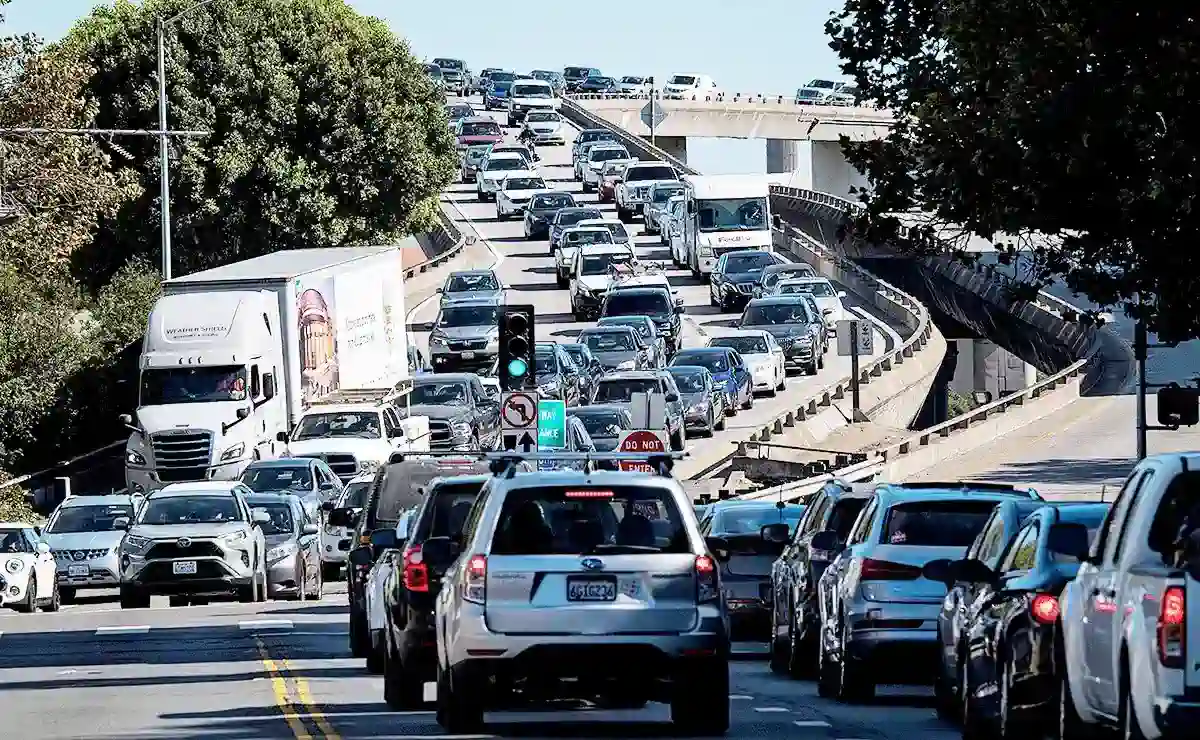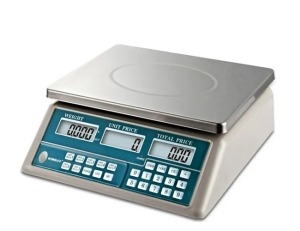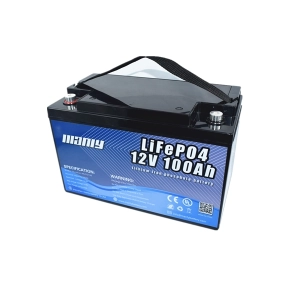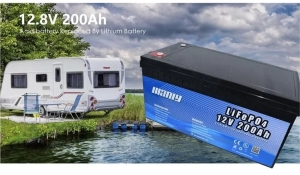U.S. Fuel Rules 2027-2032: The Stricter Shift
Table of Contents
1. NHTSA's Bold Fuel Rule: Aiming for 58MPG by 2032
Recently, the National Highway Traffic Safety Administration (NHTSA) in the U.S. made a new proposal. They want new cars to use fuel better by 2032. They aim for 58 miles per gallon (58MPG). That's like using 4 liters of gas every 100 kilometers. This will cut greenhouse gas. Reuters said this is double the old standard. It will change new cars on U.S. roads.The new rules are for cars made from 2027 to 2032. Starting in 2027, cars need to be 2% more fuel-efficient each year. Light trucks need to be 4% better each year. For 2030 to 2035, big trucks must get 10% better every year.After this proposal, the old 2024 to 2026 standards are replaced. This is the toughest fuel rule in U.S. history. In April, the U.S. Environmental Protection Agency (EPA) made strict exhaust rules. Car companies are under a lot of pressure. Some are not happy.2. U.S. Fuel Rules: The Evolution Over a Decade
Over the last 10 years, U.S. car fuel rules have changed a lot. They became strict, then loose, then strict again. Under Trump, the rules were much looser than Obama's time. When Biden became president, things changed. People who care about the environment wanted stricter rules. Biden's team did that to support electric cars.In March last year, NHTSA shared new fuel rules for 2024 to 2026. Cars and light trucks must use 8% less fuel each year from 2024 to 2025. In 2026, they must use 10% less. So, by 2026, cars will use fuel much better. They will go from using 5.8 liters every 100 kilometers in 2024 to 4.8 liters in 2026. NHTSA said this could make cars use 30% less fuel by 2026 compared to 2021. This rule started last year.People said the 2024-2026 rules were the strictest ever in the U.S. But the new 2027-2032 rules are even stricter. By 2032, cars must use fuel even better than the 2026 rule.NHTSA said if the new rules are approved, people will save over $50 billion on gas. By 2050, the U.S. will use 88 billion fewer gallons of gas and produce over 9 billion tons less carbon.Anne Carlson, the acting head of NHTSA, talked on a call. She said the proposal is a win-win. Cars will use less gas. The U.S. will depend less on others for energy. It will help the environment. Carlson said many cars in the U.S. still use gas. People still want fuel-efficient cars.




















